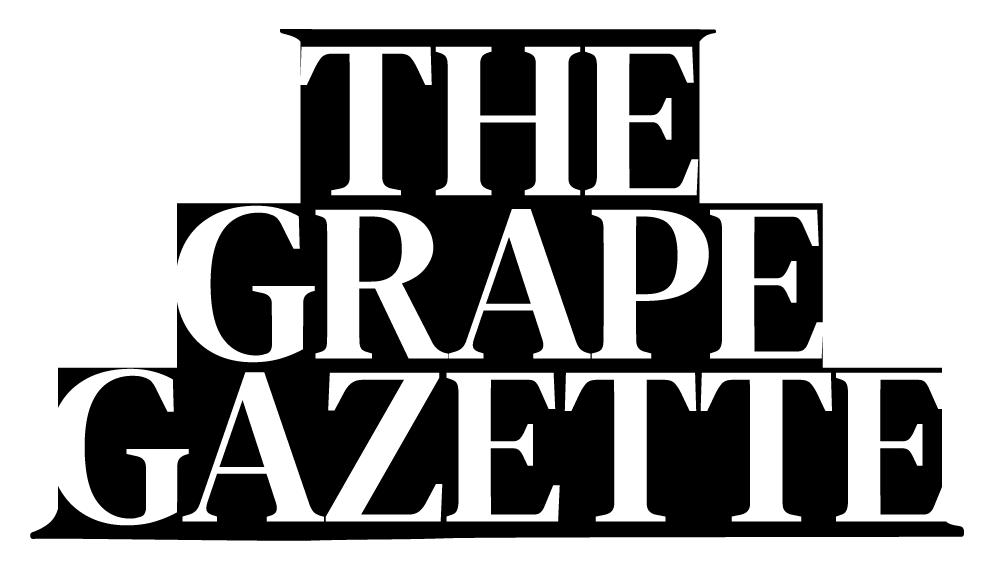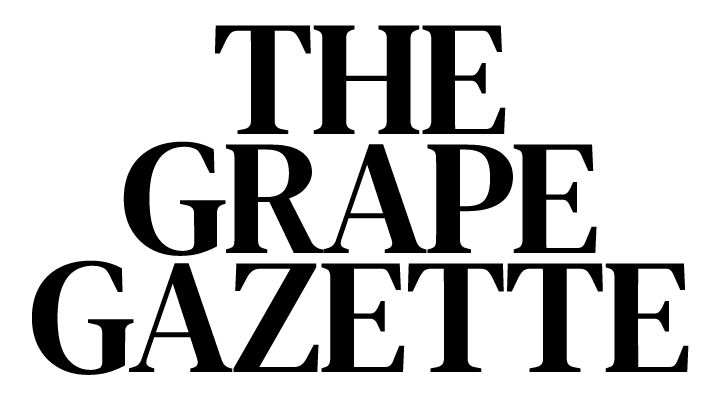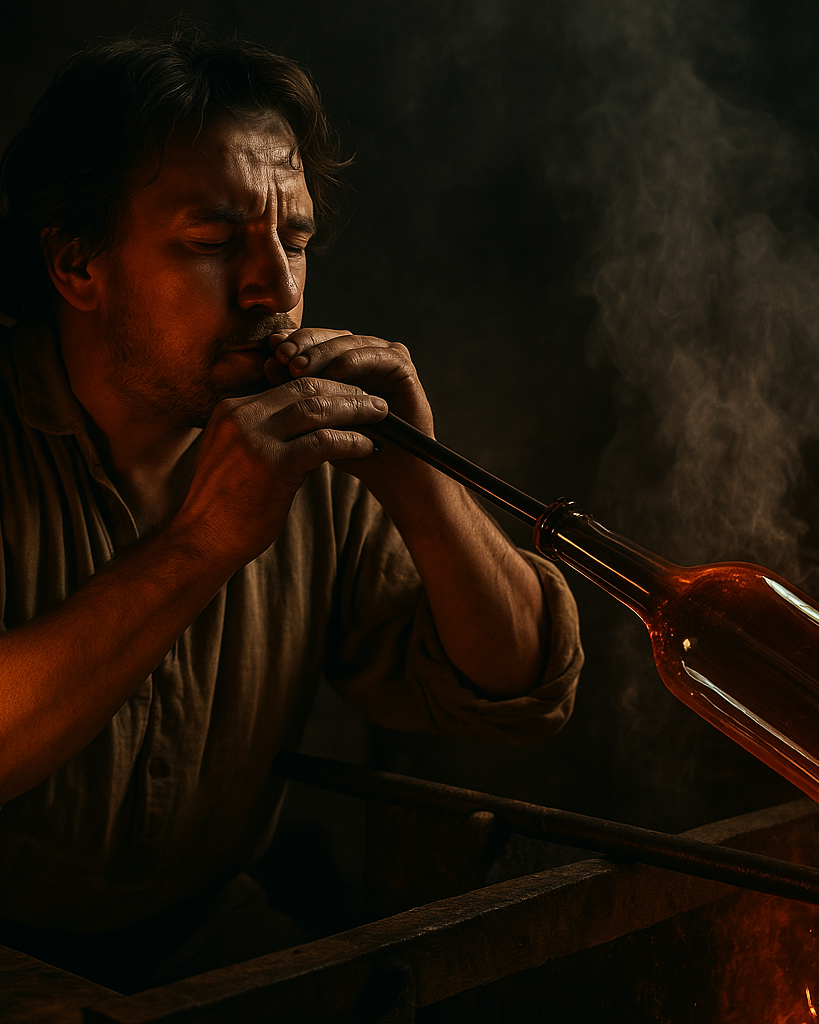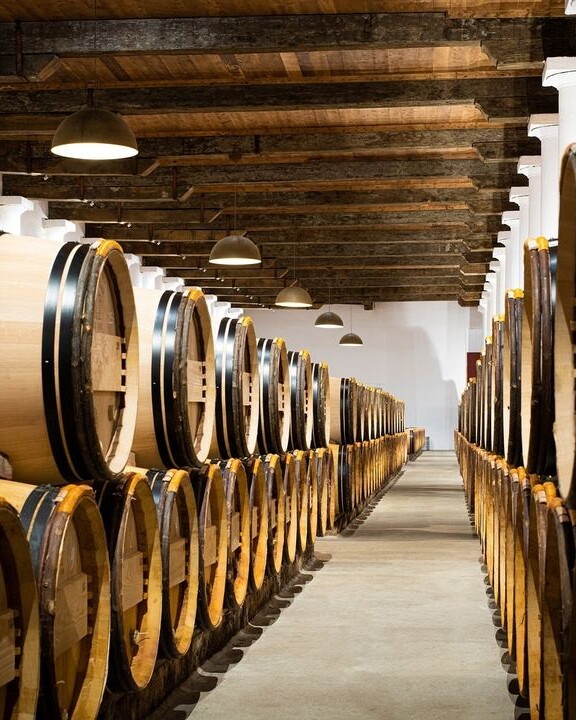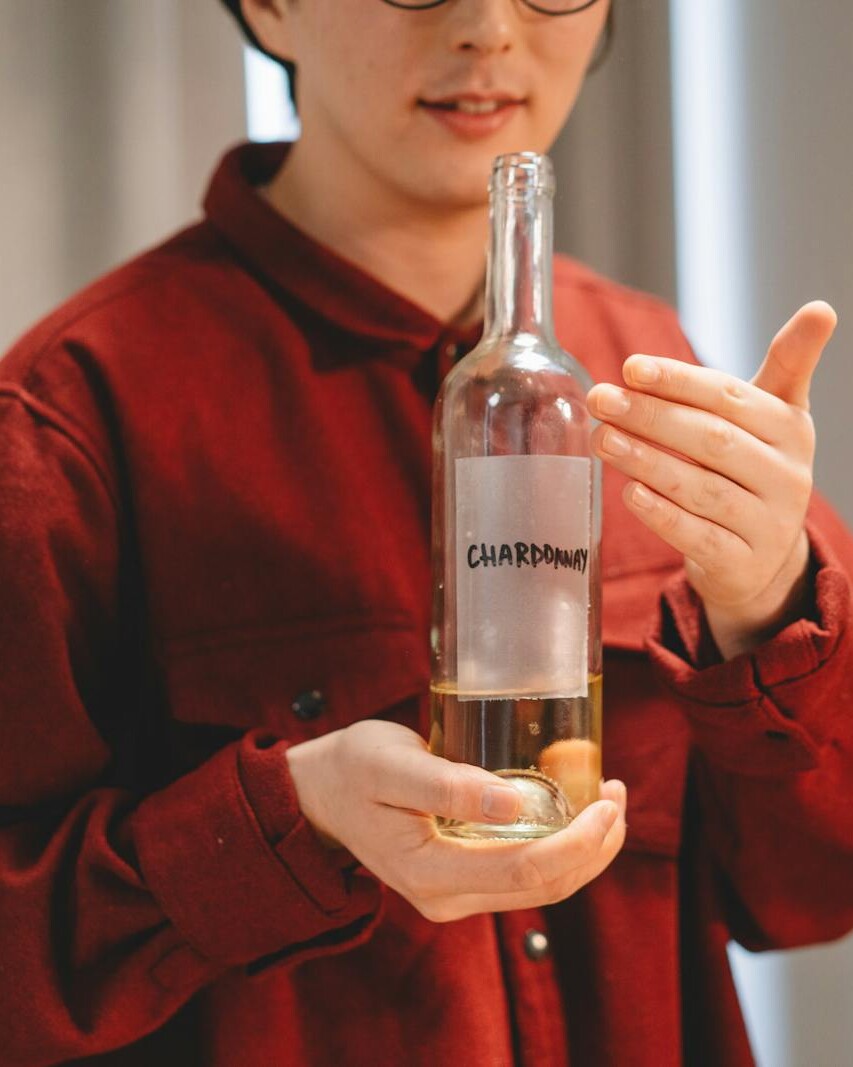Wine, often referred to as a “living” beverage, undergoes a fascinating transformation as it ages. This evolution depends on a myriad of factors, including grape variety, winemaking techniques, and storage conditions. In this blog, we’ll delve into how wines change over time and explore the critical elements that contribute to their ageing potential.
The Science of Wine Ageing
Before diving into specific factors, it’s important to understand the basic science behind wine ageing. When winemakers bottle wine, it contains a complex mix of compounds, including tannins, acids, sugars, and phenolic compounds. Over time, these compounds interact in ways that can enhance the wine’s flavour, aroma, and texture. This process involves oxidation, esterification, and polymerisation:
- Oxidation: Controlled exposure to oxygen can lead to desirable changes, such as the development of complex aromas and flavours. However, too much oxygen spoils the wine.
- Esterification: This process forms esters, which are compounds that contribute to the wine’s fruity and floral aromas.
- Polymerisation: Tannins and phenolic compounds bind together, leading to a smoother texture and a decrease in astringency.
Grape Variety
One of the most significant factors influencing a wine’s ageing potential is the grape variety used in its production. Different grape varieties have varying levels of tannins, acids, and phenolic compounds, which all play a role in how a wine ages.
- Red Wines:
- Cabernet Sauvignon: Known for its high tannin content, Cabernet Sauvignon can age for decades. The tannins soften over time, revealing layers of dark fruit, tobacco, and earth.
- Pinot Noir: With its delicate tannins and high acidity, Pinot Noir can develop complex flavours over a shorter ageing period compared to Cabernet Sauvignon. Look for notes of mushroom, forest floor, and dried fruit.
- Syrah/Shiraz: Depending on the style, Syrah can age gracefully, developing flavours of leather, spice, and dark chocolate.
- White Wines:
- Chardonnay: Age-worthy Chardonnays, especially those from Burgundy, can evolve for many years, showcasing notes of hazelnut, honey, and brioche.
- Riesling: High acidity and sugar content allow Rieslings to age beautifully, developing petrol, honey, and dried apricot characteristics.
- Sémillon: Often blended with Sauvignon Blanc, Sémillon-based wines can develop rich, waxy textures and flavours of marmalade and lanolin.
Winemaking Techniques
The methods used during the winemaking process significantly impact a wine’s ageing potential. Winemakers employ various techniques to enhance the structure and longevity of their wines.
- Fermentation:
- Temperature Control: Fermentation at cooler temperatures preserves delicate aromatics and enhances the wine’s ageing potential.
- Extended Maceration: Allowing the juice to remain in contact with the skins for an extended period increases tannin and phenolic content, aiding in long-term ageing.
- Oak Ageing:
- Barrel Selection: The choice of oak (French vs. American) and the age of the barrels impart different flavours and influence the wine’s structure. New oak barrels add vanilla, spice, and toast, while older barrels allow for subtle micro-oxygenation without overwhelming the wine’s inherent characteristics.
- Ageing Duration: Extended ageing in oak helps stabilise the wine, integrate tannins, and develop complex flavours.
- Malolactic Fermentation: This secondary fermentation process, where malic acid converts to lactic acid, can soften a wine’s acidity and add creamy, buttery notes, particularly in white wines like Chardonnay.
- Lees Contact: Ageing a wine on its lees (dead yeast cells) adds texture and complexity. This technique is commonly used in the production of Champagne and other sparkling wines.
Storage Conditions
Proper storage conditions are crucial for preserving and enhancing a wine’s ageing potential. Even the finest wines deteriorate if not stored correctly.
- Temperature: Store wine at a consistent temperature, ideally between 10-15°C (50-59°F). Fluctuations can cause premature ageing or spoilage.
- Humidity: Maintaining a humidity level of around 70% helps keep corks from drying out, which can allow air to seep into the bottle and oxidise the wine.
- Light: Keep wines away from direct sunlight and strong artificial light, which can degrade the wine’s compounds and lead to undesirable flavours.
- Vibration: Minimising vibrations is important, as they can disturb the sediment in the bottle and negatively impact the wine’s evolution.
- Position: Store bottles horizontally to keep the cork moist, preventing it from shrinking and allowing air to enter.
Notable Examples of Age-Worthy Wines
Certain wines are renowned for their ageing potential and serve as excellent examples of how wines can evolve over time.
- Bordeaux: Top-tier Bordeaux wines, particularly those from the Médoc and Saint-Émilion, can age for decades, developing complex layers of fruit, earth, and spice.
- Barolo: This Italian wine, made from the Nebbiolo grape, boasts robust tannins and high acidity, allowing it to age gracefully for 10-20 years or more.
- Champagne: Vintage Champagnes, especially those from prestigious houses, can age for many years, developing rich, toasty, and nutty flavours.
- Rioja: Spanish Rioja, particularly those labelled as Reserva or Gran Reserva, can age for several decades, showcasing a beautiful evolution of fruit, spice, and leather notes.
The evolution of wine with age is a complex and fascinating journey influenced by grape variety, winemaking techniques, and storage conditions. Understanding these factors can enhance your appreciation of aged wines and guide you in selecting wines with excellent ageing potential. Whether you prefer the bold, structured character of a well-aged Cabernet Sauvignon or the delicate, nuanced flavours of an old Riesling, exploring aged wines offers a unique and rewarding experience for any wine enthusiast.
Remember, not all wines are meant to be aged, and part of the joy of wine is discovering the perfect moment to enjoy it. Cheers to your journey through the world of aged wines!
